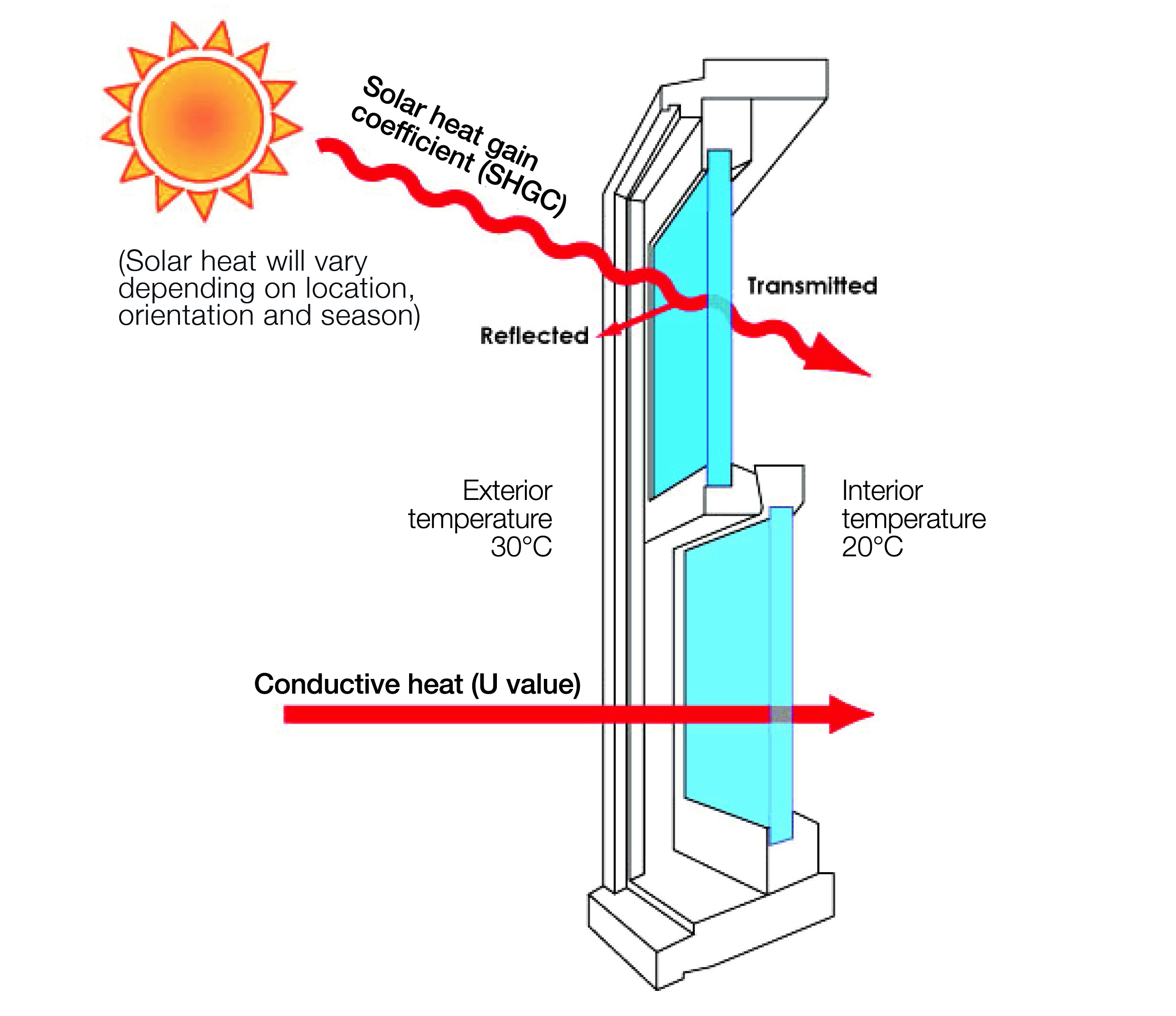All Categories
Featured
Table of Contents
What Are The Advantages Of Double Glazed Windows? in Gooseberry Hill WA
Glazing simply implies the windows in your house, including both openable and set windows, in addition to doors with glass and skylights. Glazing in fact just suggests the glass part, however it is generally used to refer to all elements of an assembly including glass, films, frames and furnishings. Focusing on all of these elements will help you to achieve reliable passive design.

Energy-efficient glazing makes your home more comfortable and significantly reduces your energy expenses. Nevertheless, improper or badly designed glazing can be a major source of unwanted heat gain in summer and significant heat loss and condensation in winter season. Approximately 87% of a home's heating energy can be gained and as much as 40% lost through windows.
Double Glazing - Windows - Doors in West Swan Western Australia
Glazing is a substantial financial investment in the quality of your house. An initial financial investment in energy-efficient windows, skylights and doors can considerably reduce your yearly heating and cooling expense.

This tool compares window selections to a base level aluminium window with 3mm clear glass. Understanding some of the essential residential or commercial properties of glass will assist you to select the finest glazing for your home. Key properties of glass Source: Adjusted from the Australian Window Association The amount of light that passes through the glazing is referred to as noticeable light transmittance (VLT) or visible transmittance (VT).
Double Glazing For Warmer Temperature : R/melbourne in Midvale WA
This may lead you to switch on lights, which will result in greater energy expenses. Conduction is how readily a product performs heat. This is called the U value. The U worth for windows (expressed as Uw), describes the conduction of the entire window (glass and frame together). The lower the U worth, the greater a window's resistance to heat flow and the better its insulating worth.
If your house has 70m2 of glazing with aluminium frames and clear glass with a U value of 6. 2W/m2 C, on a winter's night when it is 15C colder outside compared with indoors, the heat loss through the windows would be: 6. 2 15 70 = 6510W That is equivalent to the total heat output of a large space gas heating system or a 6.
Why Double-glazed Windows Are A Must in Crawley Perth

If you select a window with half the U value (3. 1W/m2 C) (for instance, double glazing with an argon-filled gap and less-conductive frames), you can cut in half the heat loss: 3. 1 15 70 = 3255W The solar heat gain coefficient (SHGC) for windows (revealed as SHGCw) determines how easily heat from direct sunlight flows through a whole window (glass and frame together).
The lower a window's SHGC, the less solar heat it sends to your house interior. Glazing manufacturers declare an SHGC for each window type and style. The real SHGC for windows is impacted by the angle that solar radiation strikes the glass. This is referred to as the angle of occurrence.
Double Glazing Vs Triple Glazing For Windows (2023) in Trigg WA
When the sun is perpendicular (at 90) to the glass, it has an angle of occurrence of 0 and the window will experience the optimum possible solar heat gain. The SHGC declared by glazing producers is constantly computed as having a 0 angle of occurrence. As the angle increases, more solar radiation is shown, and less is sent.
Latest Posts
Double Glazed Windows in West Leederville Perth
Double Glazed Windows Melbourne in Medina Western Australia
Double Glazing Companies Near Me Reviewed 2023 in Huntingdale WA